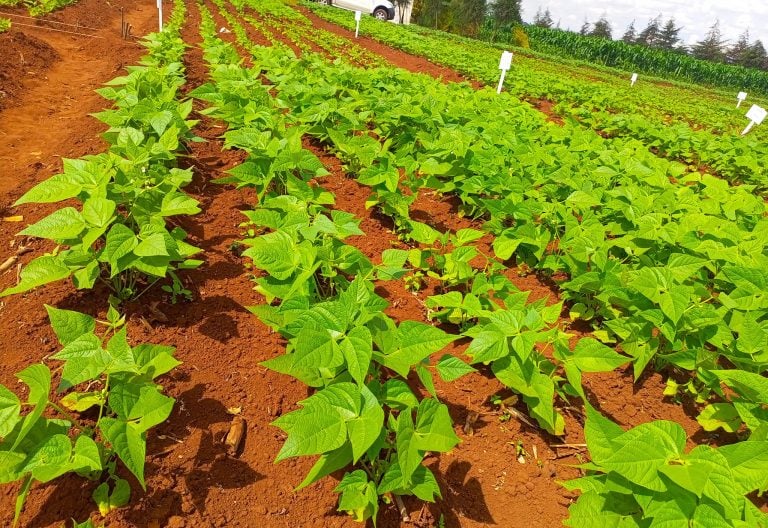Girls’ rights threatened despite years of progress

Efforts to improve girls’ situation across the world have seen increased access to rights and opportunities, even as emerging threats risk eroding the achievements. Jade Maina, Executive Director at Trust for Indigenous Culture and Health, tells us more…
Tonight, somewhere in Nairobi, girls’ rights activists, organisations and mentors will come together to play a game.
This game night will be interactive and participatory, aimed at providing a safe space for girls to learn and talk about sex and sexuality in fun ways.
Dubbed Adventures of Fatuma, the board game brings into focus decisions adolescent girls have to think through when it comes to sex and relationships.
It puts the player in the shoes of Fatuma, who has to make decisions on safe sex, unwanted pregnancy, contraceptives and social stigma.
“As it is in real life, there are good and bad choices girls can make, but also just like in real life, players get second chances, to right a wrong turn.
The game mirrors Monopoly and was developed with the participation of girls we work within and out of school,” says Jade Maina, the Executive Director at Trust for Indigenous Culture and Health (TICAH).
Jade says tonight’s game night will be hosted in collaboration with AkiliDada, a leadership incubator nurturing the next generation of African women leaders to mark this year’s International Day of the Girl Child celebrations.
This observance’s main objective is to promote girls’ empowerment and fulfilment of their human rights, and at the same time highlighting challenges girls all over the world face.
Persistent challenges
Statistics by the United Nations (UN) Women show there are approximately 1.1 billion girls in the world. Every one of these girls needs equal opportunities for a better future. Yet, every 10 minutes somewhere in the world, an adolescent girl dies as a result of violence.
In humanitarian emergencies, gender-based violence often increases, subjecting girls to sexual and physical violence, child marriage, exploitation and trafficking.
Adolescent girls in conflict zones are 90 per cent more likely to be out of school compared to girls in conflict-free countries, compromising their future prospects for work and financial independence as adults.
Kenya is not exempted. Most persistent challenges among young girls include Female Genital Mutilation (FGM), early marriages, teenage pregnancies, inequality, and denial of freedom.
These challenges hinder girls from having better lives and fulfilling their dreams and reaching their goals in life.
United to change their situation, 30,000 women from 200 countries travelled to Beijing China 25 years ago for the Fourth World Conference on Women, determined to recognise the rights of women and girls as human rights.
The two-week event culminated in the adoption of the Beijing Declaration and Platform for Action: the most comprehensive policy agenda for the empowerment of women.
This year’s theme, “GirlForce: Unscripted and unstoppable”, aims to celebrate achievements by, with and for girls since the adoption of the Beijing Declaration and Platform for Action.
However, questions still linger on what progress has been made so far to secure girls’ future.
“There has been a lot of programming to improve the girls future. We have seen policies aimed at ending harmful practices such as early and forced child marriage and FGM.
“We have seen the return to school policy, free sanitary pads and free primary and secondary school policies that have seen an increase in girls’ enrolment, retention and completion of school. There is a big push to have more safe spaces for girls to learn about sexuality,” says Jade.
However, a number of emerging issues threaten to erode gains made. Jade says just when the real impact is being made in the lives of girls, there are calls to cut down on girls programming with questions such as ‘what about the boy child?’ and ‘the girl child is over empowered’ coming to play.
“While there are cases where the boy child is disadvantaged this by no way should justify the reallocation from girls programming or focus.
The principles of equity call for allocation for resources equitably by looking at who needs them. It by no means means robbing Pauline to pay Paul,” she exerts.
Jade says there is still a long way to go and resources should still be allocated to put in place programmes for girls.
“There have been calls to lower age of consent by some magistrates and judges, this, in my opinion, will only serve to further make girls vulnerable to sexual predators.
“It will not only lead to increased forced marriages and sexual exploitation of minors by much older individuals but also increase the bracket of younger men liable of criminal liability under the law,” she explains.
Lived realities
She suggests Kenya should borrow examples from countries that have put in place age clauses that have seen young people of almost the same age protected from criminal liability while still punishing crimes of rape and defilement by sexual predators.
Inaccessibility of sanitary pads in schools is still a major challenge facing girls in the modern-day and when they are finally made available, there is the distribution of poor, low-quality products and infrastructure such as toilets and clean water is missing.
Additionally, the push from certain quarters against comprehensive sexuality education is laden with myths and misconceptions
Policies and programmes do not address the root causes of certain practices hence they continue to happen behind the scenes such as FGM and child marriage.
But all is not lost, Jade says using the day of the girl child to highlight the journey to now and what still needs to be done.
She calls on the Ministry of Education to develop and implement sexuality education and highlights the needs of girls to be put at the centre of programmes and policies affecting them and their lived realities.









